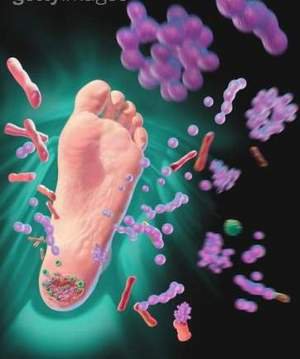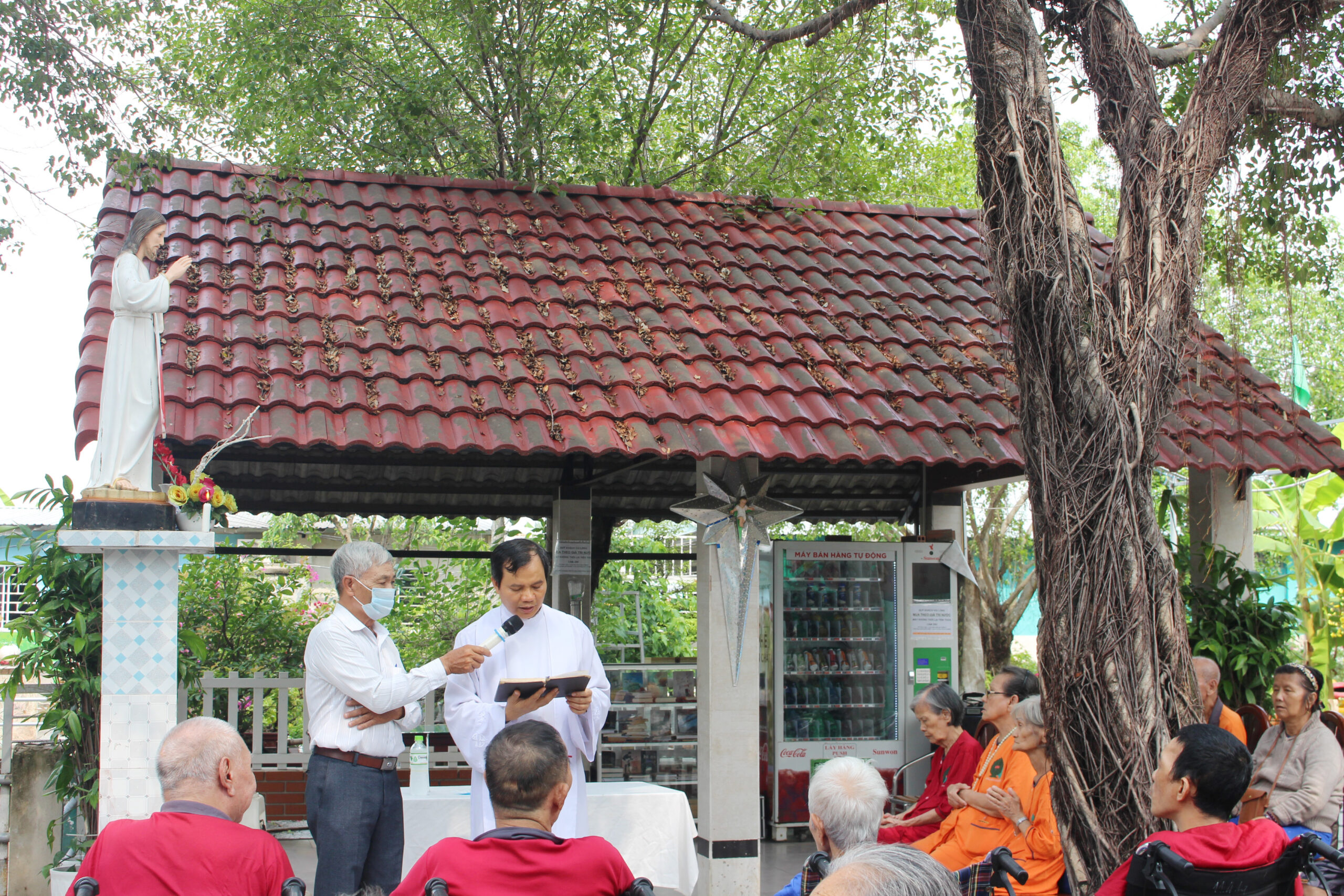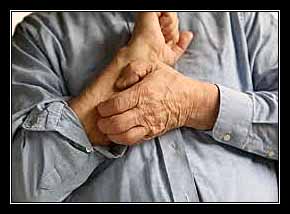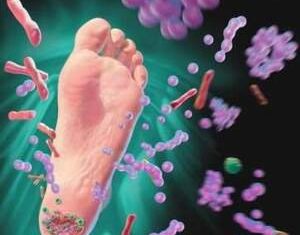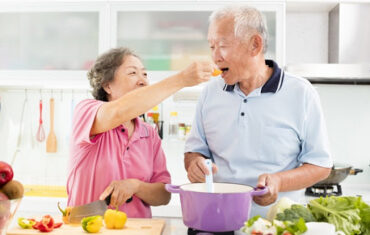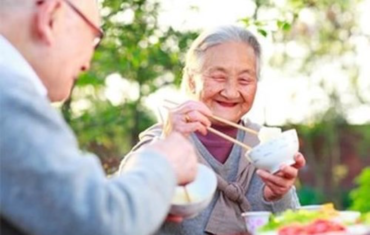12 March 2020
Handling Fever in the elderly
Elderly people often suffer from some chronic diseases such as: hypertension, myocardial ischemia, diabetes, Parkinson … Accidents are caused by changes in body temperature that affect these diseases. Using early and correct home cooling techniques will help the elderly avoid dangerous events.
For the elderly, when the body has a fluctuation in temperature, the thermostat also changes, even with common causes such as a mild sensitivity, which also causes a sudden increase in temperature, sometimes affecting the nervous system. .
In the cardiovascular system, fever makes the heart beat faster, stronger, the blood pressure is higher, myocardial ischemia may be worse, there may be arrhythmia … It often happens that the elderly have a high fever suddenly.
For the nervous system, at a mild level, fever can cause headache, dizziness, impaired mind, if severe, it will be disturbed consciousness, delirium, convulsions, incontinence … Photo affect the digestive system, fever will make poor appetite, loss of appetite, vomiting, stomach pain, bitter tongue and white chalking … The elderly with fever also have less urine, hot, dark urine , sometimes leading to difficulty urinating, shortness of breath, cough, difficulty breathing …
When the elderly experience symptoms such as dry lips, thirst, rapid breathing, sweat, they need a thermometer immediately. Low-grade fever, when the temperature is from 37,6 – 37,9ºC, called a moderate fever when the temperature is from38 – 38,9ºC, called a high fever when the temperature is from 39ºC above.
If there is a fever, the fever must be lowered immediately, so do not let the temperature be high to reduce the fever. Cold wiping is an effective, easy-to-do and inexpensive way to reduce fever and has very good results. Do not cover up a blanket, not wear a lot of clothes or wear warm clothes because it not only does not reduce fever but also increases the temperature of the body.
Use a handkerchief to dip into a basin of cold water, squeeze the water to apply it to the forehead areas, the sides of the armpit … These are the passing places of large blood vessels, so when cooling these areas, the cooling will be It works more quickly so the fever will lower quickly, sometimes the patient lies on his side to wipe the back area.
Limit the towel on the chest area or the back because when the fever is reduced, the sick person will easily cough. Regularly turn towels, when the patient feels more comfortable, in the body less uncomfortable, you should check the temperature and each check should dry the armpit gently. It is advisable to let the temperature be adjusted for 10-15 minutes to avoid mistaking the fever has decreased because cold towels reduce the skin temperature on the spot but the body temperature is still high.
The reduction of fever and the use of antipyretics are only temporary. After the temperature has dropped, the patient should be seen by a doctor to be examined and have some necessary tests to find out the cause of the fever and be better treated.
(Source: suckhoedoisong)
Danh mục
Tin nổi bật
20 April 2021
07 April 2021


